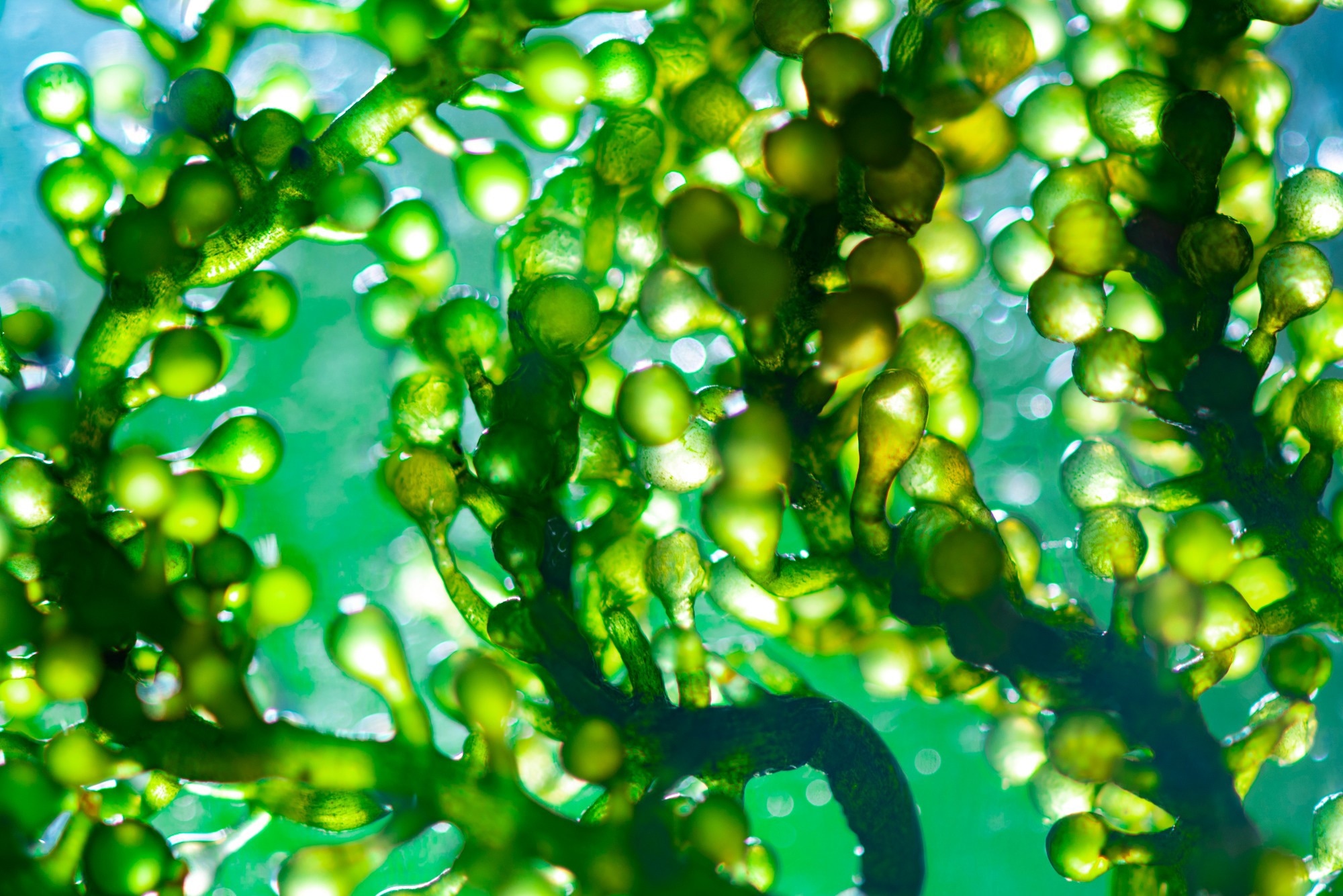Fermentation is turning microalgae into a sustainable superfood, delivering health breakthroughs like diabetes management and paving the way for greener, healthier diets.
 Review: Exploring the Potential and Challenges of Fermentation in Creating Foods: A Spotlight on Microalgae. Image Credit: Chokniti-Studio / Shutterstock
Review: Exploring the Potential and Challenges of Fermentation in Creating Foods: A Spotlight on Microalgae. Image Credit: Chokniti-Studio / Shutterstock
In a recent review published in the journal Fermentation, researchers in Brazil explored the challenges and potential of using fermentation processes involving microalgae to produce nutritious, sustainable, and safe foods.
They concluded that microalgae fermentation holds promise to support the development of healthy foods, including those with antioxidant, anti-inflammatory properties, and anti-diabetic properties, but called for consumer education to facilitate wider commercialization and acceptance.
Fermentation in food production
Fermentation is a naturally occurring metabolic process in which microorganisms, including fungi, yeast, or bacteria, convert sugars into simpler compounds by producing energy anaerobically or without oxygen. It is widely used in industrial and biological processes.
Interest is growing in the applications of fermentation in food production, focusing on creating sustainable and nutritious foods using microalgae. Recent studies demonstrate that fermentation produces bioactive peptides with dipeptidyl peptidase-4 (DPP-IV) inhibition, which can improve insulin sensitivity and glucose regulation. Microalgae fermentation produces several beneficial metabolites, including volatile compounds, organic acids, and bioactive peptides, that enhance food’s health benefits, nutritional value, aroma, and flavor.
For example, antioxidant activity during microalgae fermentation is linked to phenolic compounds, which reduce oxidative stress and support metabolic health. Studies show that fermenting Spirulina can enhance antioxidant properties and regulate blood glucose levels. Bioactive peptides, for example, improve insulin sensitivity and help regulate glucose levels in the blood. This presents opportunities for foods that protect against disease and provide nutrition. However, microalgae-based foods face challenges related to consumer acceptance due to sensory factors.
The fermentation process
Microalgae are grown in restricted environments where nutrients, light, and temperature are carefully controlled before harvesting. Microorganisms and substrates are introduced to initiate the fermentation process. Submerged fermentation involves using liquid media to optimize scaling and nutrient control, while solid-state fermentation involves minimal water use and reduces the risk of contamination.
Fermentation improves nutrient absorption, introducing beneficial microorganisms that promote gut health. These processes also enhance the bioavailability of microalgal pigments like phycocyanin and carotenoids, which contribute to antioxidant and health-protective effects. For example, bioactive peptides found in these foods are known to support antioxidant activity, immune function, diabetes management, and cardiovascular health.
Key studies have shown that fermenting Spirulina improves antioxidant activity, supporting glucose regulation, while fermenting Undaria and Sachharina increases antioxidant and antidiabetic activity. For Ulva and Sargassum seaweed, the fermenting process inhibited alpha-amylase, which prevented spikes in blood glucose.
The process also develops unique aromas and flavors, which may increase acceptance of certain products. For example, fermentation using Kluyveromyces marxianus introduces floral and fruity notes, while lactic acid bacteria reduce undesirable earthy flavors. It may be used to create alternative protein sources for vegans and vegetarians, enhancing the sustainability of food production and reducing environmental impacts from land use.
Fermentation and consumer perception
The fermentation process modifies the texture and flavor of microalgae, offering possibilities for the food industry. Studies on various strains of yeast show that fermented Saccharomyces cerevisiae has fruity, milky, and cheesy notes. At the same time, Kluyveromyces marxianus imparts soap-like and floral flavors, and Debaryomyces hansenii introduces fruity and acidic notes. Lactic acid bacteria and Bacillus strains reduce undesirable earthy flavors and add unique flavors, respectively.
Specifically for dairy products, adding Spirulina in yogurt can improve texture and odor acceptance, but higher concentrations may impart an unpalatable aftertaste. In probiotic yogurts, even distributions of Spirulina can improve palatability and acceptability. Similarly, Spirulina has been shown to enhance the texture and taste of crackers, crostini, and bread.
However, despite their established nutritional benefits, microalgae are not commonly used in food, and how consumers perceive fermented microalgae food products remains inconsistent and dynamic. The growing interest in healthy and sustainable foods is offset by low consumer acceptance due to unfamiliarity.
Sensory profiles strongly impact consumer perception. The strong odors, colors, and flavors introduced by pigments like chlorophyll, as found in powdered Spirulina, have an intense taste and may reduce appeal. Recent research emphasizes that transparent labeling and sustainability certifications can significantly improve consumer trust and willingness to try these products. Educating consumers on the benefits of microalgae may overcome these challenges, as a lack of awareness about the health benefits may hinder acceptance.
In addition to health benefits, many consumers may view the sustainability and environmental benefits of microalgae favorably. Microalgae uses less water and land than the production of meat while absorbing greenhouse gases. Cultivating them can also use wastewater, conserving increasingly scarce freshwater resources, but production costs may be high.
Large-scale production also faces challenges in ensuring efficient nutrient use and minimizing ecological impacts, such as land use changes or potential disruptions to local habitats. Awareness can be created through transparent and informative labeling, as studies have shown that consumers value clear information on sustainable and safe production practices. To build consumer trust, strict research and monitoring of environmental and food safety concerns are also required.
Conclusion
Current research suggests that microalgal fermentation produces bioactive peptides, which can lead to significant health benefits, particularly for managing diabetes. Such peptides offer an innovative and sustainable approach to complementing conventional treatments to improve patient outcomes and metabolic health.
However, consumer acceptance of microalgae products requires clear regulations, ensuring sustainability, improving sensory profiles, and increasing awareness. Advances in biotechnological tools, such as optimized bioreactors and novel microbial strains, are essential to reducing production costs and enhancing product scalability. Before integrating microalgae into mainstream dietary patterns, technological research, and innovation must address safety, taste, and production costs.
Journal reference:
- Exploring the potential and challenges of fermentation in creating foods: a spotlight on microalgae. Bürck, M., Lemes, A.C., Egea, M.B., Braga, A.R.C. Fermentation (2024). DOI: 10.3390/fermentation10120649, https://www.mdpi.com/2311-5637/10/12/649




